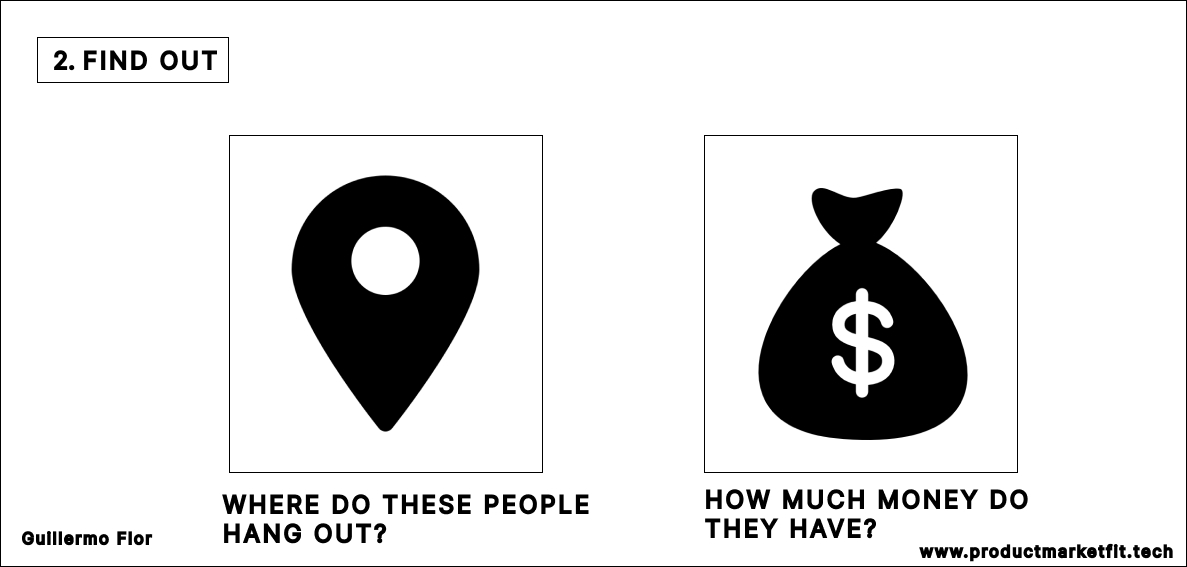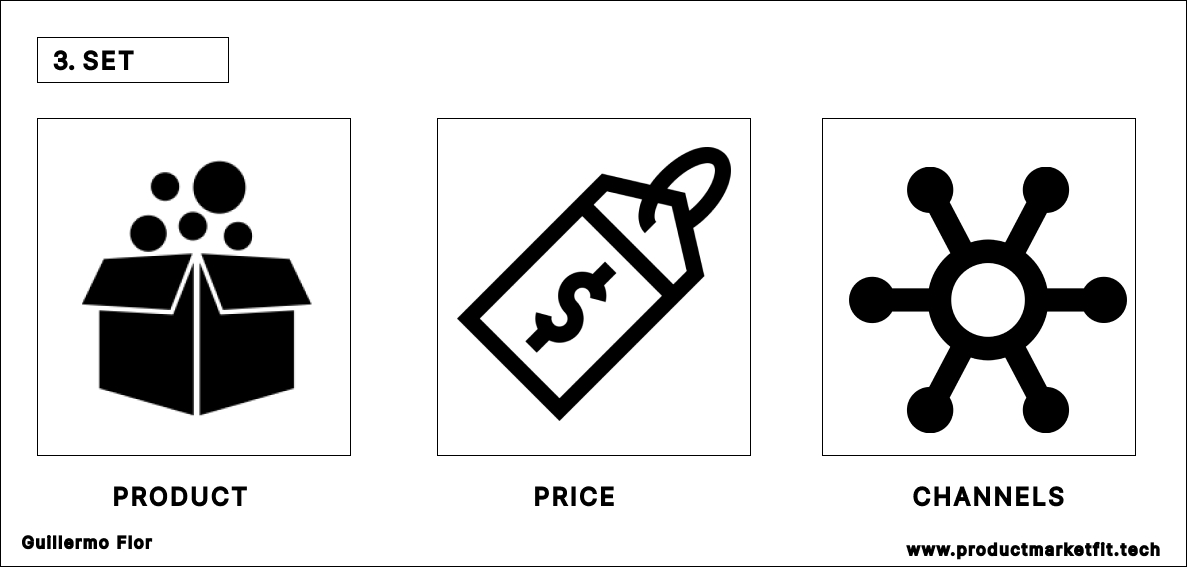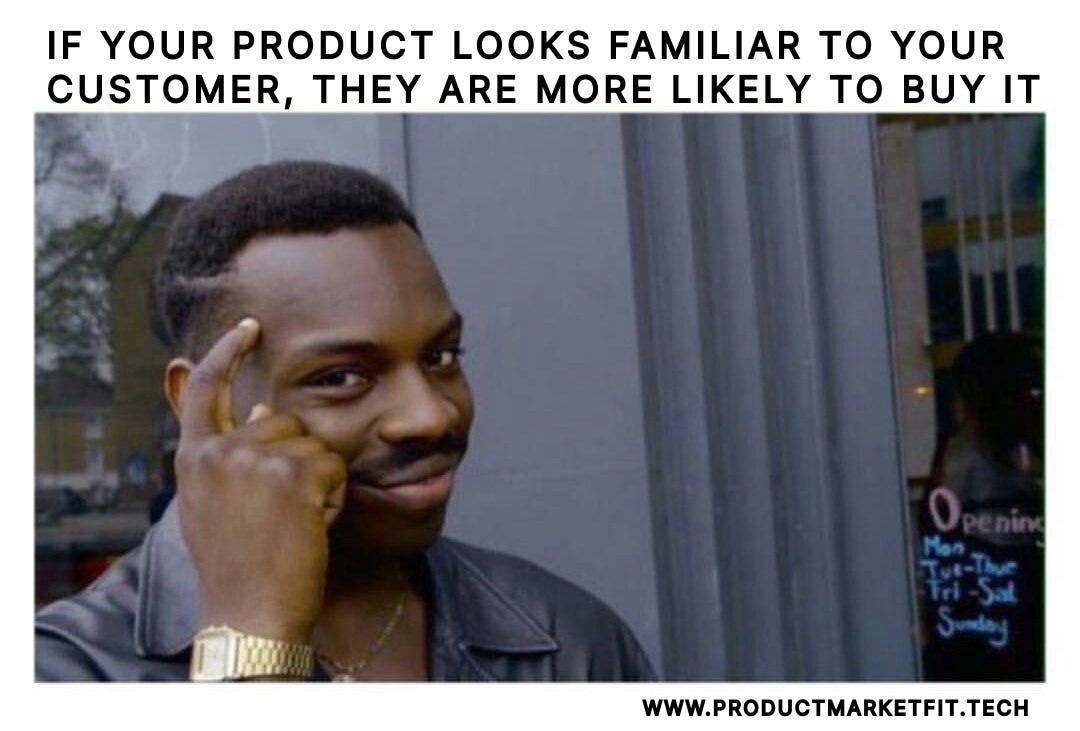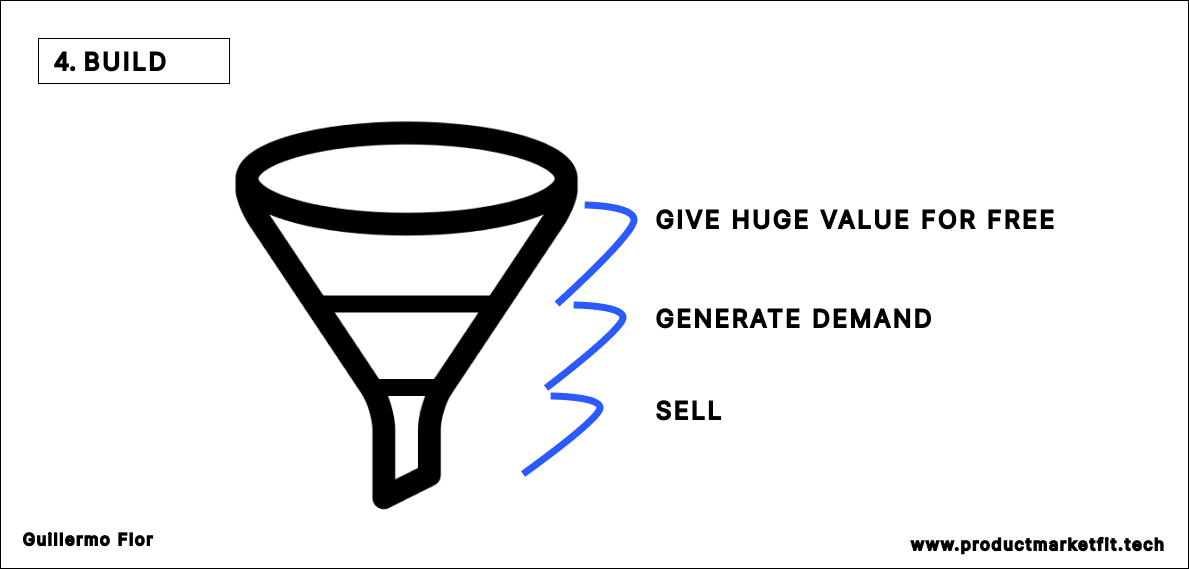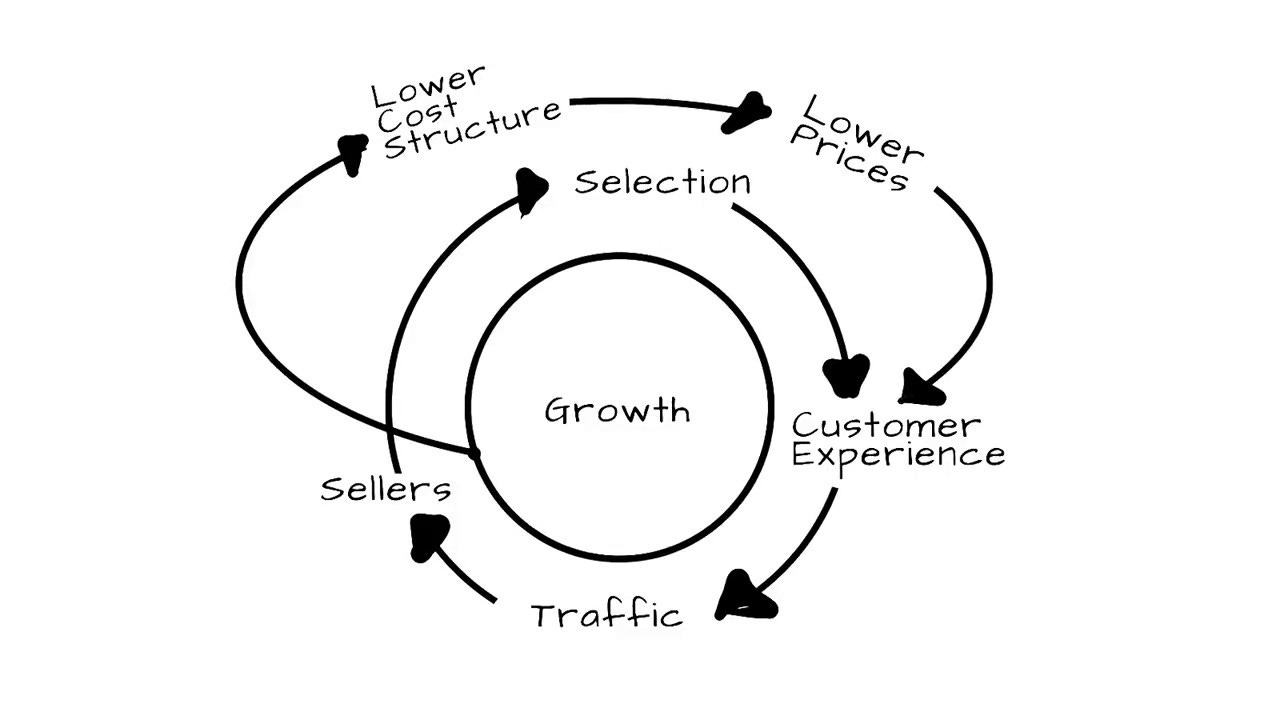The Customer Centric Go To Market Strategy: the simplest, most effective way to sell your startup's product + flywheel growth
How to design a simple and effective go to market strategy to grow your startup
Hey everybody welcome back to another article of Product Market Fit!
My friend Kyle shared this new sess by Fred Again and I loved it. Check it out!
Let’s do this 🔥
🚨NOTIFICATIONS!🚨
Are you a startup over $1M ARR? Reply to this email and share how you grew and I’ll share the insights in next NL!
PLEASE SHARE THE NL SO IT GROWS!
THE CUSTOMER CENTRIC GO TO MARKET
Ok so there are hundreds of blog posts about Go To Market strategy, a lot of people talking about it and yet, much like Product Market Fit, it is a concept that seems kind of abstract.
Like anything regarding strategy, it’s not mathematics, but it is possible to follow a framework to create replicable and scalable growth.
On this article I want to change that so that you understand how to create the go to market for your startup thinking customer first.
1. Define what problem your startup solves and to who
This is the first and most important mission of any startup and the reason why so many fail fast.
Your startup must help:
A super specific person:
With a super specific problem.
Sometimes is hard to come up with this. Check out how this multibillion value companies started out 👇
Check out the initial problems that inspired the world’s biggest tech companies
2. Find out where your customers hang out
First, find out where your customers hang out
Ok, so it’s really important that you understand what is your ICPs behavior, personality, hobbies, tribes, etc.
For example, imagine you are selling to management consultants, you know:
they travel often
they all wear patagonia vests
probably read Shoe Dog by Phil Night
User Linkedin more than Instagram
Use excel and ppt a lot
etc
All this information is what you need to define your strategy (step 3).
Second, find out what their purchase power is
This means two things:
Can they buy your product/service?
Do they manage budget in their companies to get this product? Are they responsible for finding these kind of solutions?
If they can’t, who can?
If you sell to management consultants, an a analyst or an associate will not have the power to buy a tool for his work at the company, although a partner will. Find out about this.
DISCLAIMER: Make sure you sell to a target customer that can afford your services. If you try selling software to companies that can barely stay alive you’ll have a hard time.
3. Find the best distribution channel
Market your product as your ICP would like it. If you are a CFO you are used to excel. When buying a tool for managing your teams expenses, if it looks like excel it will be more familiar and easier to sell.
Make sure the value of the product exceeds the price
The most important thing. Now you know where your targets hang out at. Choose the channel that get to them faster and more massively.
4. Build trust and generate demand
In B2B Sales, the main obstacle startups need to solve is trust.
Every year plenty of new startups that promise great solutions are born and yet most of them do a poor job at it and many die soon.
Business owners know that.
They don’t want to risk buying a product that doesn’t work.
They don’t want to work with a company that will stop providing services in a couple of years.
How can you solve this?
Give out massive value for free
This is pretty simple and yet many startups don’t do it.
Solve your customers’ pains for free gain the trust of your customers.
You can do this with:
Your product
This is what freemium models are for. People don’t want to pay without knowing first the product does what they need.
Software allows you to give out your product for free without having massive costs and after a while, when you’ve done enough for your customers, they won’t mind paying a premium version that ads that little more value.Content
Most SaaS product require knowledge to get most of their value out. Teach your customers all you know about the topic and give out as much practical information that you have. If you are able to help them with content hey will trust you can solve their problem with your product.
5. PREMIUM: From funnel to flywheel + Klarna, Stripe and Atlassian growth loops
Keep reading with a 7-day free trial
Subscribe to Product Market Fit to keep reading this post and get 7 days of free access to the full post archives.








